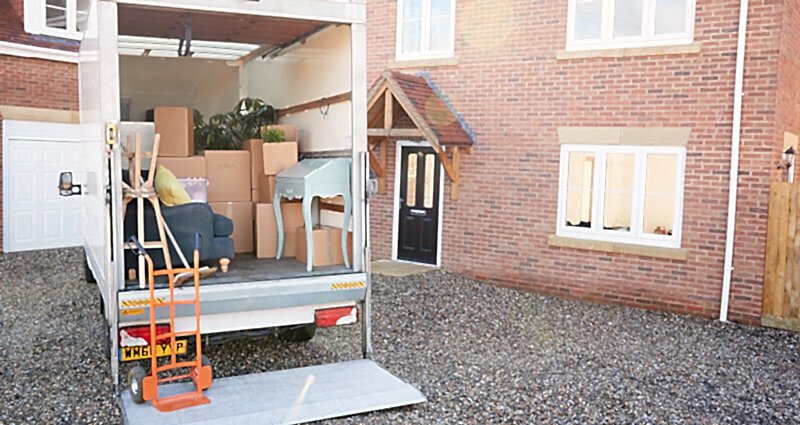How to discover the best temperature for your heater in winter
Since the perception of temperature differs from person to person, there’s only one way to find your ideal temperature – experiment! When your family is home, you could secretly lower the thermostat setting for a few hours every day. For example, drop it from 72° F (22° C) to 70° F (21° C). See how your family reacts and take notes.
A few days later, drop the temperature another degree or two for a few hours. Chances are you won’t get a noticeable reaction until it goes below 68°F (20° C). When you determine the minimum comfort level temperature for your family, use that.
And keep in mind – for every degree you lower the thermostat during winter, you could save between 1% and 3% on your heating bill.
What is the best temperature for your heater when asleep or away from home?
When everyone is gone for the day, there’s no good reason to keep your home heated to its comfort level. The same applies during nighttime when everyone is asleep. In both cases, you can set the thermostat lower, even down to 62° F (17° C). This makes it easier for your body to achieve thermoneutrality, and you’ll get a better night’s sleep.
Of course, having a programmable or smart thermostat makes routine adjustments easy to schedule and maintain automatically.
By the way — if you’ve heard that setting your thermostat to one temperature throughout the day reduces energy usage, Newton’s Law of Cooling proves otherwise.
What other factors affect my home’s temperature?
Apart from practicing thermostat adjustments, the big factor affecting your energy usage is how well insulated and air sealed your home is. The more insulation you have and the better sealed your home is, the longer it takes for your home to lose heat. Reducing cold drafts can lower your energy costs and prevent problems with mold.
Also make sure to monitor your home’s humidity. Not only does humid air hold more heat, but your family will have fewer sinus problems from overly dry air. Most programmable and smart thermostats will display the relative humidity at the push of a button.
You should also reverse the spin of your ceiling fans to spin clockwise during fall and winter to circulate warm air properly. You want your fans to draw cool air up from the center of the room and blow warm air down to circulate evenly around the room, which improves comfort. The breeze created moves warm air behind furniture and can help inhibit mold growth on poorly insulated exterior walls. This technique works best when fans are set to medium or slow speed.
Don’t forget to close the curtains over windows at night. Thermally backed window treatments not only insulate against heat loss through windows but they also restrict cold air moving across the glass. Curtains and similar window treatments can reduce heat loss by 10%.
Hard and fast rules to find the best temperature for your thermostat in winter
- If you’re at home in the daytime, 72° F (22° C) is a good start but aim for 68° F (20° C).
- If you’re not at home in the daytime, or you’re asleep at night, 66° F (19° C) to 62° F (17° C) is a temp to aim for
Remember, the best temperature for your thermostat in winter is the one that keeps your family happy, warm and comfortable. Saving energy and lowering your energy bills might be nice, but you might not want to sacrifice family harmony to achieve them.
Want to be even more efficient? Sign up for an electricity plan with Direct Energy and easily track your HVAC system’s energy usage along with usage from your other appliances.






































